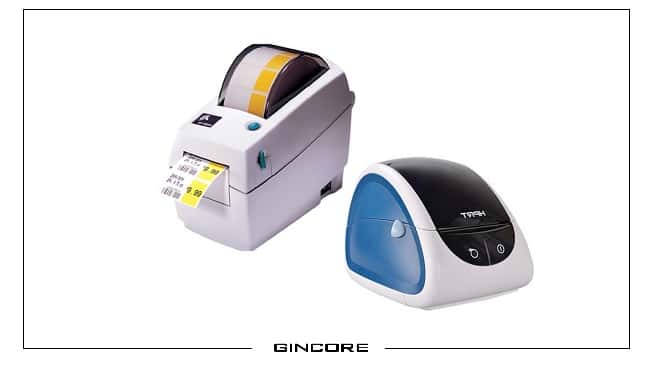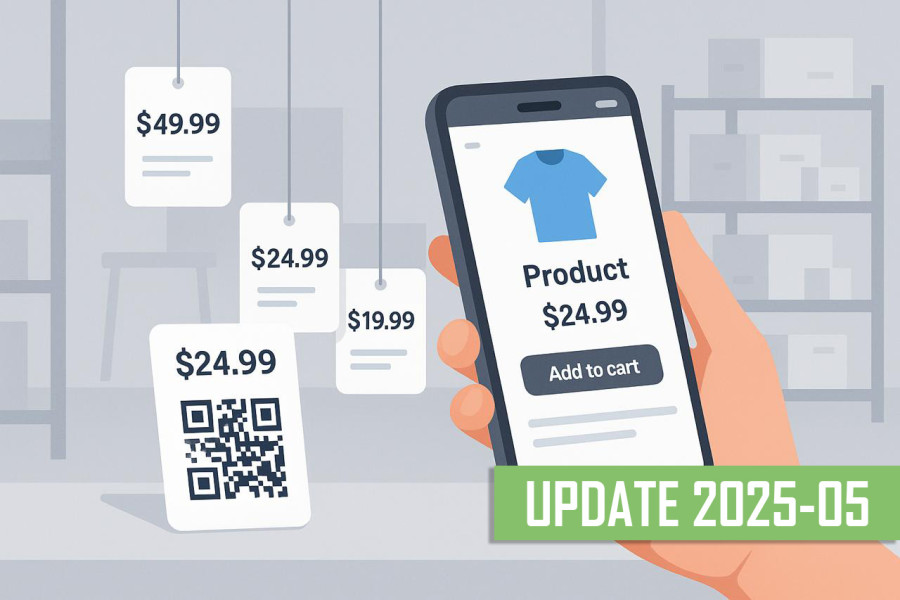Your business will only be successful if you work with your target audience. First, you need to define it correctly and draw up a portrait of the client. Marketers search for potential buyers using special tools.
Target audience is your potential customers who will be interested in your products and services. It is for them that your company's products are intended. When searching for an audience, experts determine the following characteristics:
- people who might be interested in your product;
- their gender and age;
- psychotype;
- field of activity;
- location;
- range of interests.
The audience for which goods or services are advertised is selected using these basic criteria.

Why you need to study your target audience
To successfully sell a product or service, the seller must get to know his buyer well. Understanding the motivation of the client, his needs and desires, it is possible to choose a suitable sales scheme and successfully complete the deal. Any information can help with this, even information about the client's work, hobbies and leisure.
Target audience data are necessary so that in the future you can:
- correctly present your product through client pain and triggers;
- develop a strategy for promoting goods/services;
- create effective advertising that will interest buyers;
- find common topics with the target audience;
- study potential buyers;
- understand what sales scheme to use to get more profit;
- reduce unnecessary costs.
In order for information about the target audience to give positive results, it is necessary not only to collect it, but also to use it correctly. In general, the process of searching for a target audience can be divided into three stages, and each of them can be worked out qualitatively.
Stage 1: collecting information
At the first stage, the easiest way is to determine the gender and age characteristics of the target audience. After that, you need to determine the criteria for social status and behavior. It is rather difficult to recognize them, therefore, special tools are used for collecting data on the target audience.
The easiest ways to get audience information are:
- polls;
- questioning;
- interview.
These tools can be used offline in service centers, shops, service providers when visitors come to you. You can chat with them, get their opinion, ask what they would like to improve, what they like, what they would like to change. You can also communicate with customers online by asking them to fill out a questionnaire through Google forms or by inviting them to participate in a survey. This can be done both on the website and in many social networks. As a reward for the time spent, give your customers bonuses, discounts, and gifts to motivate their participation in surveys.
If you are selling by phone, periodically listen to your managers' conversations with customers. In these dialogues, people often provide information about themselves that is useful for studying the audience. You can also improve scripts, understand the pains and motives of buyers, and this will allow you to increase sales.
Here are the main tools for getting information about the target audience:
- CRM program. Since such software keeps records of customers, it records all the data of your target audience. You can study your customers well, and make some of them your regular customers, which will save the budget for attracting new people. A good tool for this is the program Gincore. It has all the possibilities of keeping record of customers, orders, goods, analytics, and advertising. To study your audience, you can see which products of your company are most in demand, how often customers place orders, what their preferences are.
- Analytics systems. Now it is difficult to imagine a company without Google Analytics and Yandex.Metrica. These programs study site visitors, social networks, and their behavior. Literally every step of the user is tracked. This allows you to better understand potential buyers and present the product correctly.
- Social networks, forums, thematic communities and publics. At these sites, people communicate a lot and share personal information. This data can be used to study your target audience.
- Search programs. By studying search queries on the Internet, you can find out which key phrases are most often entered, what is the demand of your audience, what buyers are looking for, what interests them most. Understanding the needs of the target audience, you will be able to correctly offer your services or goods.
- Competitors. Study your competitors to see what kind of advertising they have, how they are promoting their products, what kind of website they have, how they use social media and what people react to. You can use some of their ideas and adapt to your business.
Stage 2: target audience segmentation
After you have collected information about the target audience, you need to analyze and organize it. For further work, perform data segmentation.
Target audience segmentation allows you to determine patterns in the behavior of potential buyers. With this, it is possible to highlight scenarios that are repeated. Experts use the 5W method for this:
- What - products that may interest customers;
- Who - groups of people who are interested in your goods/services;
- Why - what arouses audience interest and affects people's pains;
- When - how often and when customers contact you;
- Where - where exactly the purchase of goods and ordering of services takes place.
To better understand this information, consider an example. Let's say you have a laptop repair service center. In addition, you additionally sell spare parts and accessories for computers (mice, headphones, memory cards, etc.). You have a small office, consisting of an order receiving/issuing point and a workshop where equipment is repaired. You sell products on social media. As a result, you have two areas of work and development of the company:
- Provision of services. You repair laptops for customers who come to your workshop. These can be people living or working nearby. In order for your target audience to contact your service, hang advertising posters near the premises, post ads in the area, and arrange an attractive signboard.
- Sale of goods. Actively maintain social networks, create a website or landing page, conduct advertising. Reach as many people as possible using all the online promotion opportunities.
So that you can successfully develop, divide your target audience into two segments: for one part you will promote services, and for the other you will advertise products. If you provide general ads for everyone, then such ads will not work for any group of people. You need to work well with the potential customers of each segment, using an individual approach and meeting specific needs.
B2B business is gaining momentum these days. To properly segment the target audience of the business sector, use the following criteria:
- location;
- the size;
- field of activity;
- subordinates;
- applied technologies.
Let's look at an example. Your company refills printer cartridges, so your customers will include companies that need office equipment maintenance. You will work with clients of various business sizes: companies with up to 10 employees and corporations with hundreds of employees.
When working with large companies, it will be necessary that you do the installation of the cartridges in their office. They have a lot of equipment, so it will be beneficial for the master to come to the office and refuel the cartridges of several printers at once. For small firms, it is more convenient to bring the cartridges to your service center on their own. That is why you need to initially segment your target audience in order to provide a lucrative offer for each client and create effective advertising. It will work if you study the target audience well and make a suitable USP.
Regardless of which part of the audience you are communicating with, remember that you are communicating with people. They are the ones who make the purchase decision. In marketing, customers are divided into several types, with each of which you need to properly build relationships.

Stage 3: portrait of the target audience
At the third stage, the collected information is used to draw up a portrait of the target audience. If the advertising message is addressed to a specific person, then it will work correctly. And for this you need to understand what kind of people are interested in your goods or services, what their needs are. To work with this data, you need to create a portrait of a potential buyer.
When dividing your audience into groups, you need to create a portrait of the target audience for each segment. Define the following criteria:
- gender and age of the client;
- location;
- family status;
- does he have children;
- field of activity;
- level of income;
- hobbies and interests;
- needs, desires;
- fears, pains.
For an experiment, you can imagine a person, give him a name, think over what he does, what is his lifestyle and daily routine. By introducing a real person, it will be easier for you to reach out to your audience, publish content, and create ads.
To draw up a portrait of the target audience of a corporate client, it is best to work out the following criteria:
- scope of the company;
- how many years it has been on the market;
- values and mission of the enterprise;
- the level of the company's income;
- who is the head of the company;
- with whom you will communicate during the provision of your services.
Summarizing
By going through all the stages of defining your target audience, you will better understand who your client is and you will be able to improve your work. Use this information and a portrait of a potential buyer when forming your strategy. Also, the portrait of the target audience is used to launch an advertising campaign. By defining your audience well, you can now attract more people who are interested in your product. This will increase the effectiveness of your promotion.
Three steps of determining the target audience lead to the fact that you will not only find out who your client is, but also begin to understand him, communicate correctly and guess his desires. This will allow you to build loyalty and build trust in people. In the future, you will be able to increase sales: customers are much more likely to buy goods from you if they trust you.
Use all the tools you can to identify and research your target audience, both online and in reality. Software Gincore has great functionality for working with clients, so use it now and click "Try for free". By making your business customer-oriented, you will increase all indicators and be able to reach the next level.

.png)








